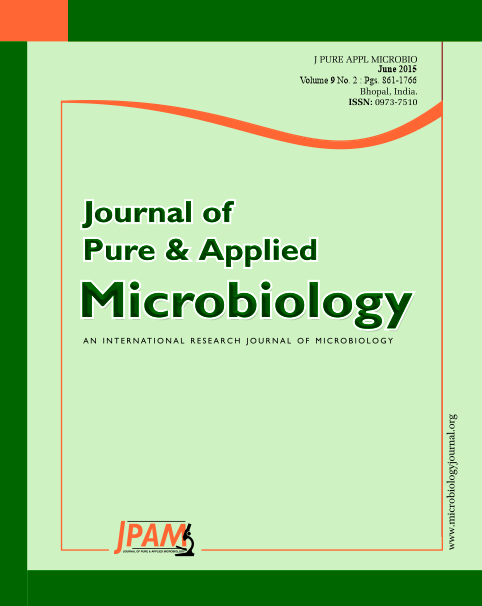Cells are basically in the count of millions and trillions. On examination of any kind of disease, samples of blood are collected initially from the patients and are sent to test. During the test, the data is monitored and noted continuously, especially for diseases like cancer the cells which are been classified or distinguished based on their dimensions, mass, etc, were physical appearance matter as a significant feature for the classification. For the evaluation of our proposed algorithm and the existing clustering algorithm, we utilize the dataset of the breast cancer. The most dominant concept in the domain of Data mining is the Clustering technique, which has become the most significant entail in the formulation of structure to data. The complication of data reading from a substantially large data of any sector in the ongoing circumstances, which has become the fundamental entity. The main base of this clustering technique is its proficiently structured classification. Taking the factor of structure based classification of data into consideration, this paper presents the novelty in the process of clustering, which is not derived from any traditional techniques in clustering, rather it is idealized using the concept of the most popular search engine, the Google’s search engine. Google uses their Crawler technique to collect data on net and index it into its storage space. Using this crawler a clustering technique was formulated for the purpose algorithm.
Breast Cancer, Classification; Google’s Crawler; Data Mining
© The Author(s) 2015. Open Access. This article is distributed under the terms of the Creative Commons Attribution 4.0 International License which permits unrestricted use, sharing, distribution, and reproduction in any medium, provided you give appropriate credit to the original author(s) and the source, provide a link to the Creative Commons license, and indicate if changes were made.


